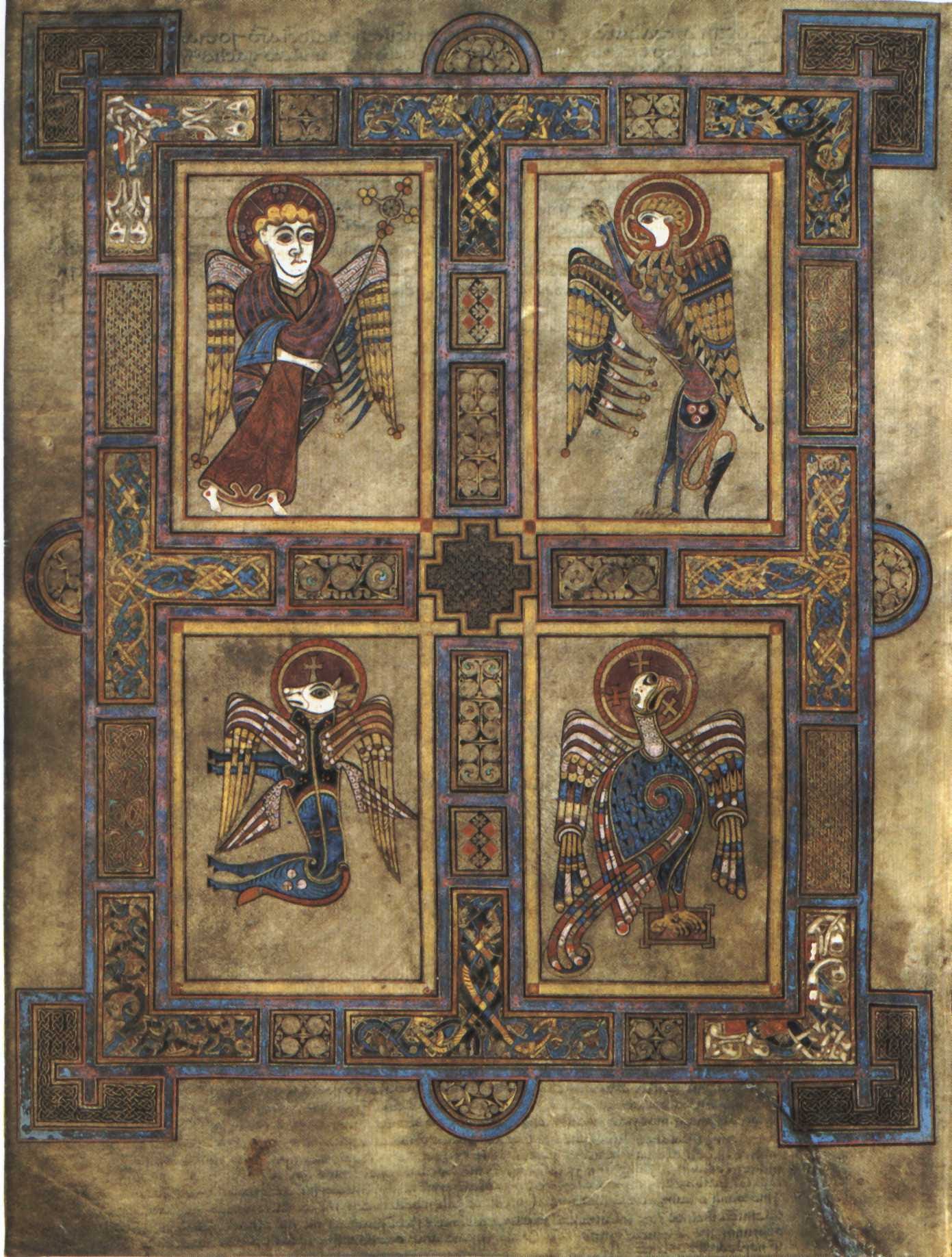In the old comprehension it was Mary Magdalene and Mary of Cleophas with Mary the mother of Jesus, at the cross and at the tomb. Others say the women with her at Calvary were Mary of Jacob and Mary of Bethany. Peter was there too.
It’s a ‘crying hymn’ that comes from the people of Connemara in West Galway, who take the word of the Gospel of John, the eagle. Matthew is a man in the form of an angel, Mark is a lion. Luke is a calf.

Nó an é sin an Maicín a hoileadh in ucht Mháire? Is that the wee son that was nourished at Mary's breast?
The lament may have been lost to us, or at least the sean-nós manner of its singing, were it not for the recordings of songs sung by the great Seosamh Ó hÉanaí, Joe Heaney, from the village of Carna (I was born at night. That’s why I was always so shy, they said). In any case it’s Heaney’s rendition that persists wherever the lament is heard nowadays, which isn’t often.
A Pheadair, a Aspail, a bhfaca tú mo Ghrá geal? Ochón agus ochón ó!
Do chonaic mé ar ball é i lár a namhad. Peter, apostle, have you seen my bright love? Alas, alas, alas! I saw him a while ago in the midst of his enemies.
Regards to the Irish Dominicans for this lovely iteration by the Céli Dé Collective.
No work from me today. Shabbat Shalom.



Thank you for a peaceful moment of quiet reflection on this, Good Friday.
You are a good man Terry.